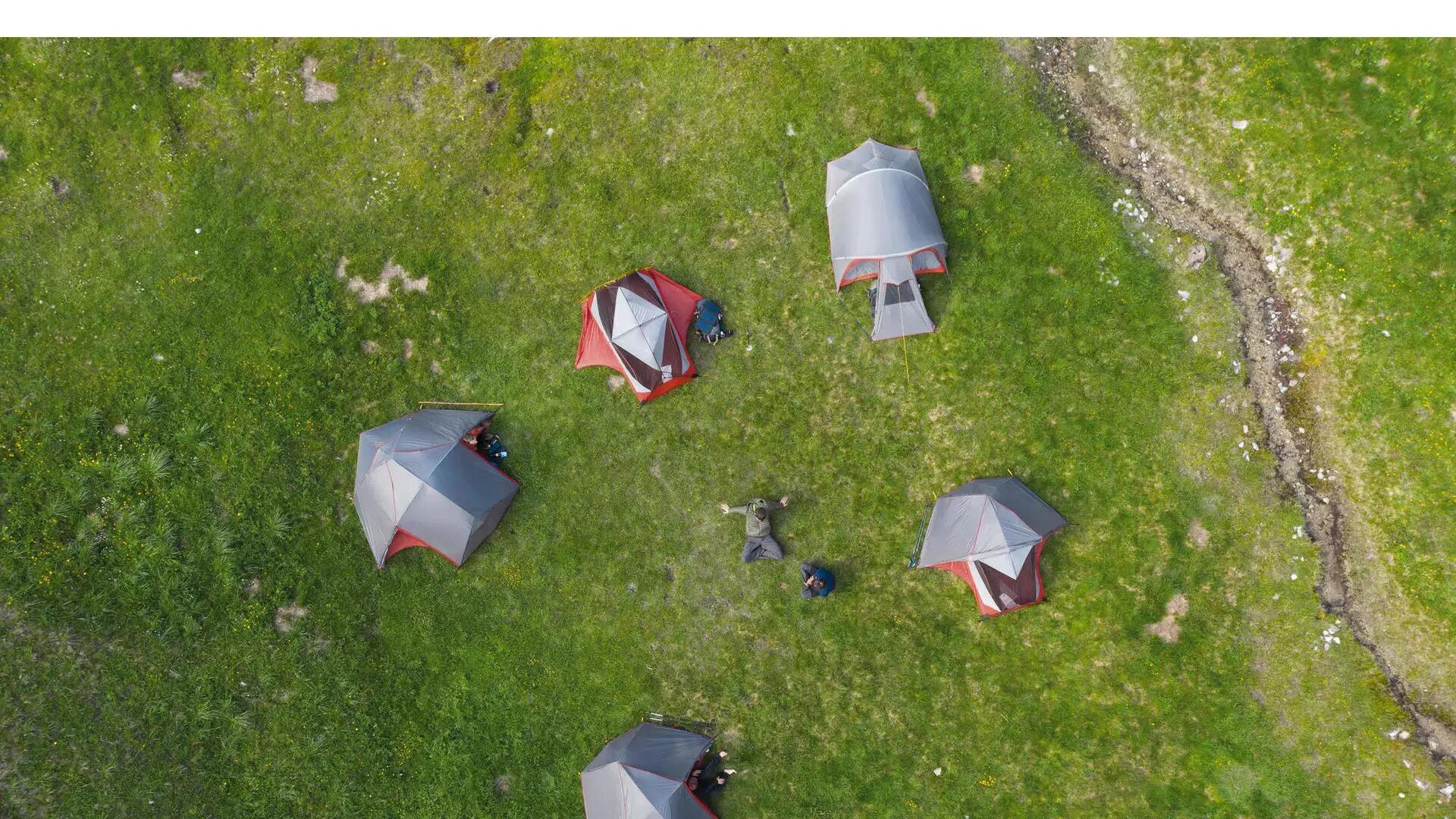THE DIFFERENT TYPES - Which trekking tent to choose?
There are 4 types of shelter for bivouacking and offering you maximum comfort during your treks: dome tent, tunnel tent, tarp and tarp tent. A tent must be chosen very carefully to be sure that it corresponds to your type of use.



















